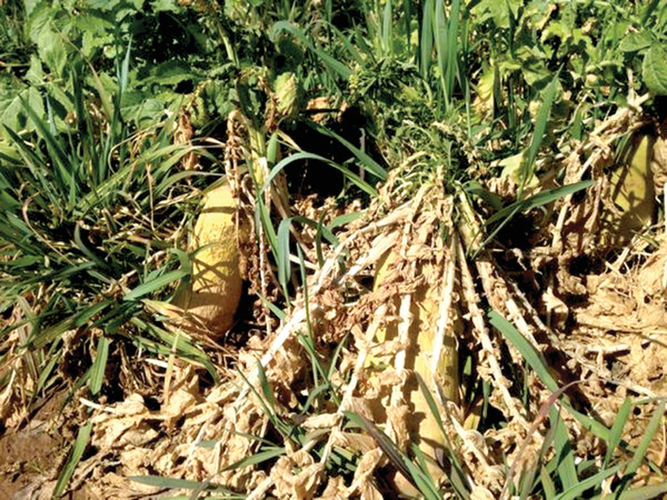Effects of Cover Crop Type and Residue on Nitrogen

Cover crops and soil health continue to gain traction among the agricultural community. Nitrogen in cover crop residues can help reduce season total nitrogen rates, but predicting how and when that nitrogen is available can be difficult. Tillage radish and cereal rye have been shown to capture and retain large amounts of residual soil nutrients. But currently, little is known about how cover crop type and residue management impact nitrogen availability following termination.
Two University of Arkansas researchers designed a study to quantify these effects in a controlled incubation study over 179 days. They found that tillage radish provided more plant‐available nitrogen through mineralization than cereal rye early in the incubation period. By Day 158, there were no significant differences in nitrogen mineralization between cover crop species, but incorporation of residues led to higher rates of plant‐available nitrogen. Incorporation of cereal rye residue led to immobilization of residual nitrogen early in the incubation but net mineralization later.
Results from this trial can help producers to select cover crop species to preferentially retain nutrients and to manage the residue so that nitrogen is released for the following crop’s uptake.
Adapted from Greub, K.L.H., & Roberts, T.L. (2023). Does residue incorporation influence available nitrogen release from cereal rye and tillage radish cover crops under controlled conditions? Soil Science Society of America Journal, 87, 324–336. https://doi.org/10.1002/saj2.20514
Text © . The authors. CC BY-NC-ND 4.0. Except where otherwise noted, images are subject to copyright. Any reuse without express permission from the copyright owner is prohibited.











